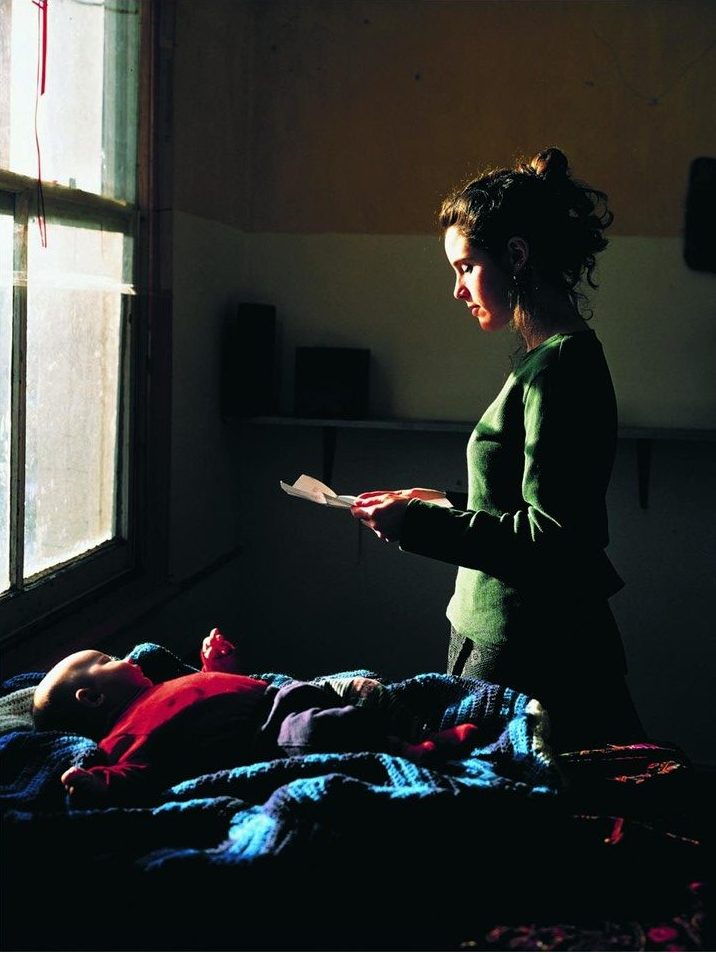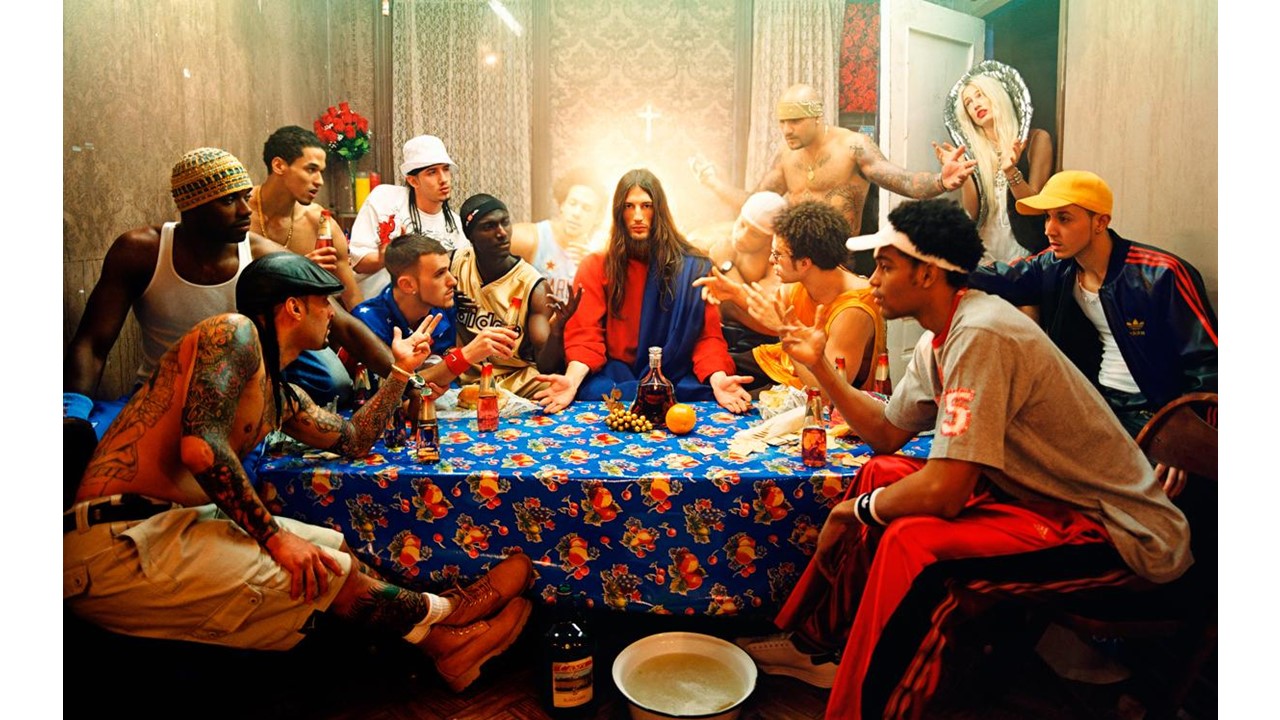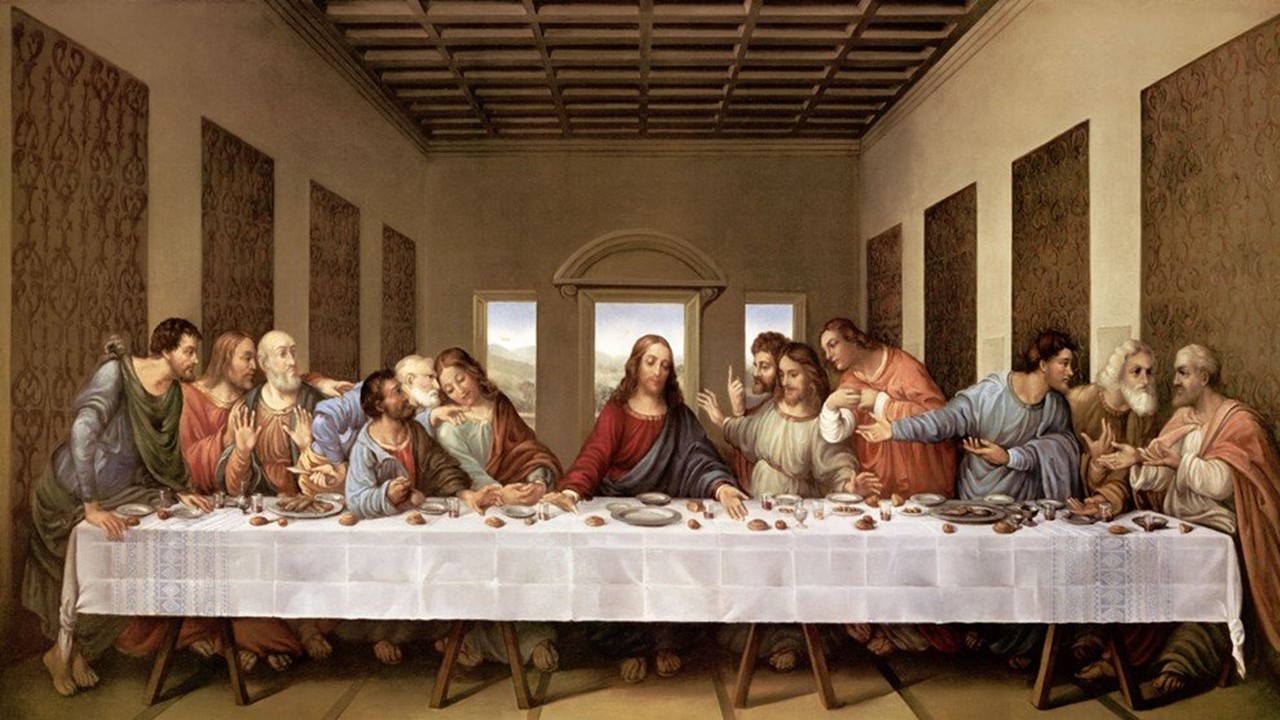“Tableaux vivant” is french for “Living pictures”, and refers to a static scene containing 1 or more actors. The scene would depict a still frame of an event or incident, where the actors are posed to look as if they are mid way through carrying out an action. The scenes can often be referred to as theatrical, as they include costumes, props and theatrical lighting. The actors in the scene are often posed so that they seem completely unaware of the viewer, and are not aware that they are being photographed. This adds to the natural aspect of tableaux vivants.
Below are some professional examples of where tableaux vivant has been used in photography:



Modern Tableaux vivant photographers tend to take heavy inspiration from past artists, recreating well known paintings and images using modern actors and a camera. This is an effective style of photography, as it allows for the original image, and the modern version to be compared and contrasted. The below images are examples of photographs that have used tableaux vivant to recreate well known paintings and images, while incorporating their own style:


The above image is a painting by the artist, Johannes Vermeer, depicting a woman reading a letter by an open window. Modern photographer Tom Hunter took inspiration from this work, and developed the photograph above it using tableaux vivant.


The above images are examples of how photographers can take very well known pieces art, and use tableaux vivant to recreate the image, while also adding a modern twist. Photographer David Lachapelle took inspiration from Da Vinci’s painting “The Last Supper”, and replaced the disciples with characters resembling people living in a modern neighborhood.
Tableaux vivant can be used to recreate famous paintings, as well as still frames from popular movies and films. Photographers can take well known still images from film scenes, and recreate them using their own actors and props. Tableaux vivant as a whole, is a way for photographers to capture the emotion and feelings within a single scene, using a freeze frame to show a detailed visual of what is occurring during what would usually be a fast paced moving scene.
